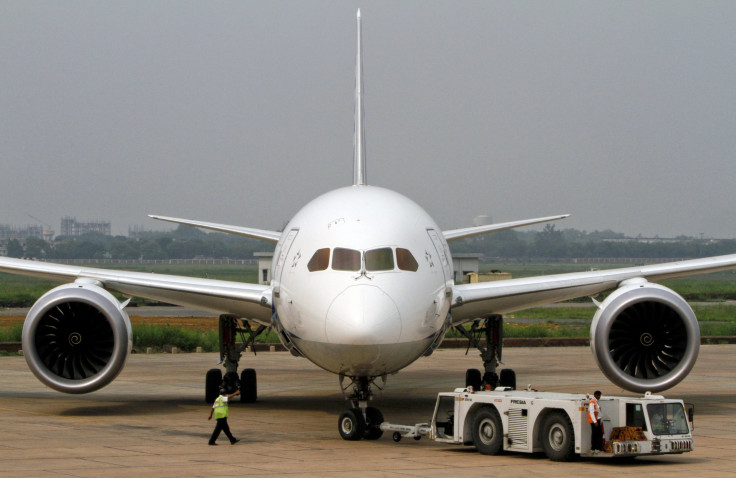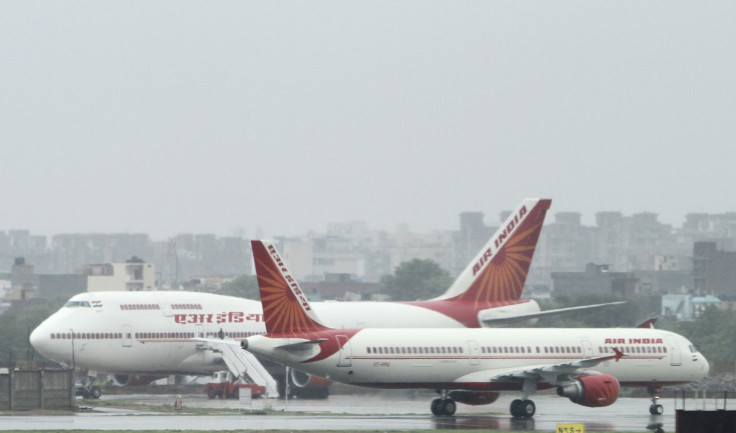India’s New Civil Aviation Policy Opens Up World’s Fastest-Growing Airline Market

India, currently the world’s ninth-largest market for airlines, announced a new aviation policy Wednesday, a move that is likely to bring cheer to foreign airlines looking to enter the lucrative market. Among other things, the new rules ease requirements for airlines to fly international routes and the policy envisages increasing the domestic network significantly in the next three years.
Earlier rules, formulated in 2004, required airlines to have at least 20 operational aircraft in their fleet and fly domestic routes for a minimum of five years before they could be granted permission to fly international. Now, airlines need to fly 20 planes or 20 percent of their total capacity, whichever is higher, on domestic routes to fly outside the country.
New airlines in the country, such as AirAsia or Vistara — backed by Singapore Airlines and India’s Tata group — had been pushing for the change, which will allow them to compete better with the older, more established airlines.
Air Asia CEO Tony Fernandes said on Twitter he thought the 20-aircraft requirement was excessive, but called the policy “superb” and thanked Indian Prime Minister Narendra Modi.
Almost an end to vested interests. Power to the people. Well done @narendramodi . You kept your word.
— Tony Fernandes (@tonyfernandes) June 15, 2016
In a statement, Amar Arbol, CEO of AirAsia India, said the new policy “gives us clear direction to ramp up our operations in India and grow our business in the domestic segment before we scale our operations to fly international. We will now focus on aggressively investing in India and increasing the fleet size from 6 at present and achieving the target of 20 aircraft.”
The new rule is also likely to attract more international airlines to a market that grew at over 20 percent in 2015, making it the fastest-growing major aviation market in the world, according to data from International Air Transport Association.
Older airlines that were already flying international routes had lobbied hard against diluting the requirements. IndiGo, a low-cost carrier, which has been flying international routes since 2011, and Jet Airways, India’s oldest private airline, declined to comment when contacted by International Business Times.
The new policy also aims to make India the third-largest market for civil aviation, an end it proposes to achieve by increasing the number of domestic tickets sold from the current 80 million to 300 million by 2022. For that, it also plans to increase the number of airports servicing commercial flights from the current 77 to 127 by 2019. To make flying more affordable for the masses, the new civil aviation policy places a cap on fares for short-duration flights that connect smaller destinations to metro areas.

Air Asia, which began operations in India in June 2014, said in its statement: “The objective of taking flying to the masses by making it affordable and convenient is well thought through by the government. We look forward to welcoming many first time fliers as we grow our footprint in India.”
But some view the new policy as not being comprehensive enough. A research note from CRISIL, a research firm owned by Standard & Poor's, said “the policy does not dwell on the long-pending structural issue of high sales tax on aviation turbine fuel, which diminishes the attractiveness of the sector.”
Amber Dubey, head of aerospace at KPMG India, said that while the new policy “is likely to enhance” the growth of India’s aviation sector, it “is unfortunately silent on other issues like formation of an independent civil aviation authority, privatization of Air India [the country’s state-owned carrier], market-listing of Airports Authority of India” and other similar measures.
© Copyright IBTimes 2024. All rights reserved.





















